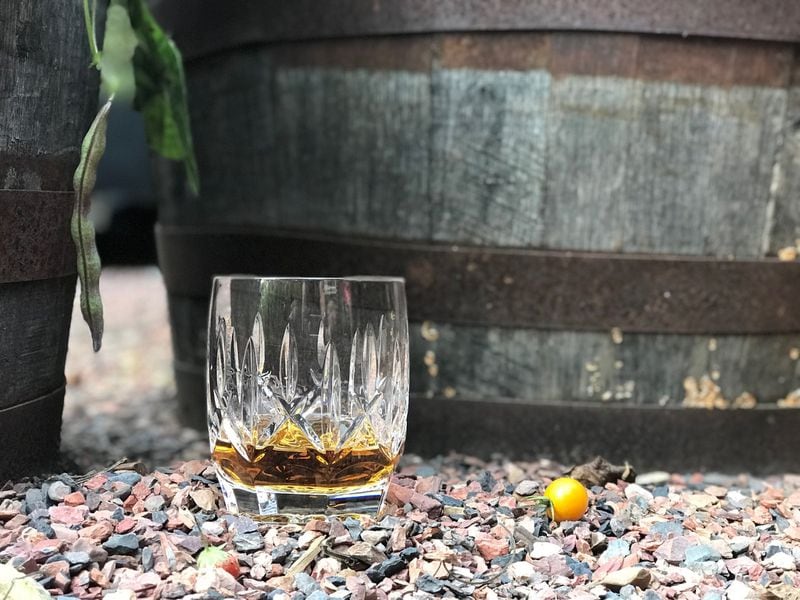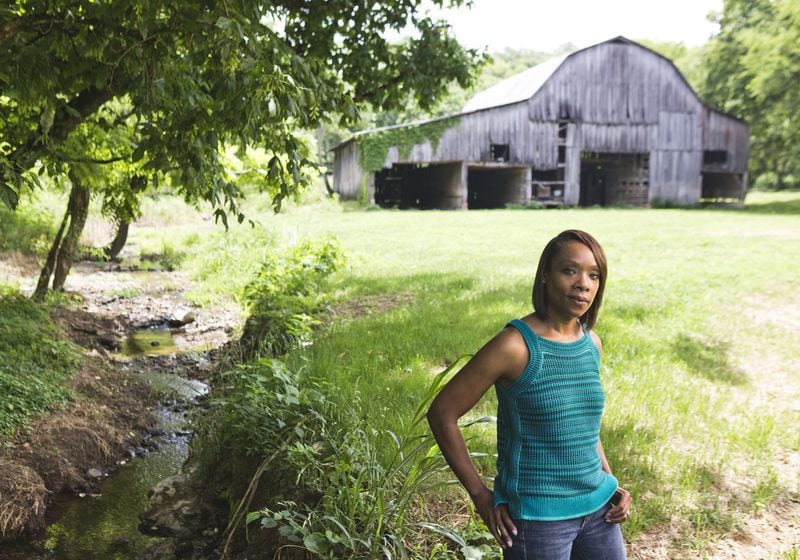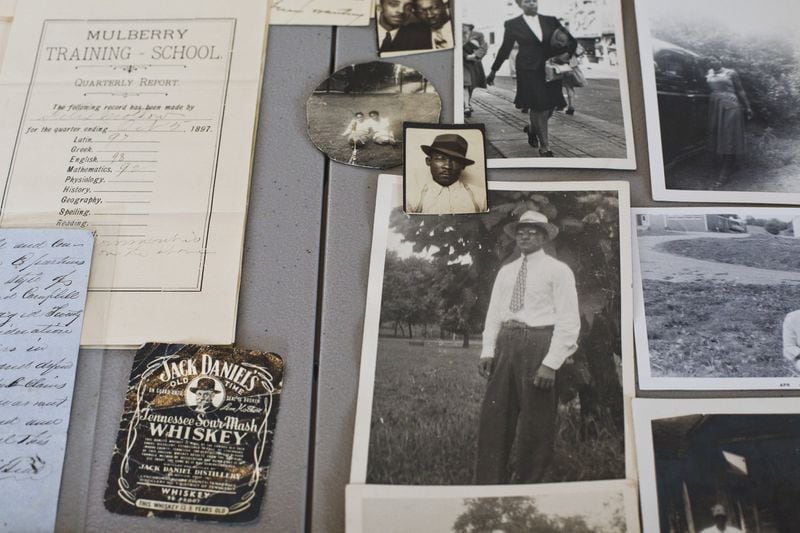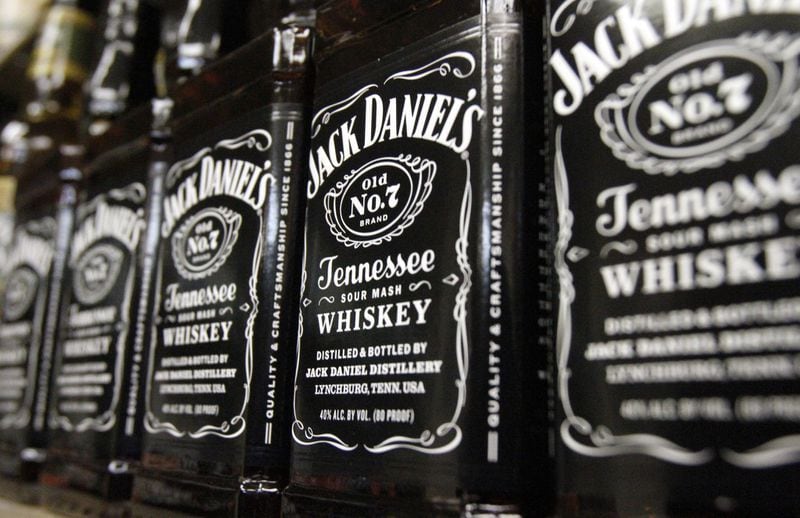Not too long ago, we had our backyard landscaped after years of do-it-yourself attempts to improve its patchwork of mismatched pavers, sparse grass and bald dirt.
Our lot is tiny and our budget for the project modest. At the time, the backyard was a sliver of hard-packed dirt and clay. But the light is good and we wanted to incorporate a garden.
My mother and grandmothers had kitchen or flower gardens back home in north Florida. Their mothers before them grew up on farms. Their green thumbs were legacies passed down from enslaved ancestors. Later, when those foremothers were freed and able to buy their own land, they taught their sons and daughters how to grow beauty and sustenance. No matter how small, there was always room for a patch of zinnias or roses, some blackberries or a cluster of greens and squash.
Looking at our backyard, now professionally refreshed with fancy pea gravel and new patio furniture, we decided there was just enough room for a container garden. But I wanted something substantial, not a few random terracotta pots. Bounty shouldn’t be constrained by space. Whiskey barrels would work.
My partner and I went to a nearby home improvement store and a few feet into the garden center, the scent of Jack Daniel’s smothered us. Stacked high were rows of oak barrels, sawed in half, the sun expressing the sugary sent of whiskey from their charred inner bellies. It was like walking through a cloud of whiskey sours.
Spring water, char and sour mash in the right combination, then aged in those barrels, is the pride and calling card of Lynchburg, Tenn., where the iconic whiskey has been made for 142 years. We bought several of the half barrels, drilled drainage holes in the bottoms and placed them in our backyard. We filled them with compost, organic fertilizer and soil, vessels to continue a tradition that stretches back past my own family’s period of enslavement.
At that point, I had no idea a formerly enslaved black man had taught the original Jack Daniel how to make whiskey.
>> RELATED: Slavery, the other Southern heritage
>> PHOTOS: Saving a former slave cabin in North Georgia
>> QUIZ: How much do you know about slavery in the U.S.?
People in Lynchburg have known the story of Nathan "Nearest" Green for generations. But, as often happened with accounts of early African-American life on these shores, the stories were not written down by the players. There were enough laws in place throughout the antebellum South that prevented black people from being taught how to read or write. An oral tradition sprang up in its place. The lack of written documentation has led to erasure, especially when it comes to so-called "official" historical accounts.
Despite that, the Nearest Green story persisted in Lynchburg. It might never have been widely known until a New York Times article last year. The piece recounted the story of Green and the decision of Jack Daniel's, on the distillery's 150th anniversary, to tell the story of the black man who taught a white man how to make what is now the top-selling American whiskey in the world.
As the Times article explained, Green had been the property of Dan Call during slavery. Green’s job was running Call’s distillery. A young Daniel came on as an apprentice and was placed under Green’s tutelage. When the Civil War ended, Daniel bought Call’s distillery and made Green the first master distiller. Daniel later brought on Green’s two sons, who learned from their father.
In an email interview with me recently, Mark McCallum, president of the company, told me that three descendants of Green’s still work at the distillery, and that continuously there has been at least one member of the Green family working there since Nearest Green’s time.
But the story has taken on an urgency since Fawn Weaver stepped in. Weaver, an author and investor, read the Times article and began a personal journey that led her to Lynchburg to uncover more about Green. That quest has culminated in a whiskey produced by Weaver and named for Green, “Uncle Nearest 1856,” which recently won the gold medal in the New York Wine and Spirits competition.
Weaver is writing a book about Green’s bedrock contribution to the Daniel’s brand, a story that charts the distilling history and generations of relationships between the Green and Daniel families.
“It was not about color,” Weaver said. “It really seems as though it never came into play.”
Weaver moved to Lynchburg to show Green’s descendants she was serious about telling their forefather’s story fully and honestly. So far, she has interviewed more than 100 of them, including the three currently working for Jack Daniel’s.
Though Daniel did not have children, Weaver said, the descendants of his siblings have been part of Weaver’s research as well. What she has uncovered is a relationship between a white child who lost his parents early and went to work before he was 10 years old, and a black man who was making a whiskey that would bring them both wealth.
While Daniel may have learned some distilling techniques from Green, Weaver said, when Daniel started his own distillery, he left distilling to Green’s sons.
“Jack never made whiskey,” Weaver said. “He was a businessman and a brilliant marketer. Jack never took credit for Nearest’s work. Never once.”
Their relationship was not completely without peer or precedent, said Adrian Miller, food historian and author of “The President’s Kitchen Cabinet: The Story of African Americans Who Have Fed Our First Families from the Washingtons to the Obamas.”
African-Americans have worked in distilling and brewing from the earliest days of the republic, Miller said, some drawing from techniques practiced by West African tribes. They brought that knowledge with them after being sold into the slave trade. Several enslaved people ran the brewing operation for George Washington at Mount Vernon, and the skill was sometimes listed when a person was sold at auction, making them more valuable in a trader’s eyes.
As Miller outlined in his first book, “Soul Food: The Surprising Story of an American Cuisine,” as the nation grew, blacks and whites often worked together in food production. Some whites gave credit to African-American creators and collaborators, as Daniel did. But there was usually an imbalance of power, even after emancipation: whites supervised and blacks did the work. A partnership like the one the Greens had with Daniel was rare, Miller said.
McCallum wrote to me that Green’s history was always known to the company. Yet it wasn’t until its sesquicentennial that the company decided to showcase his achievement.
That doesn’t surprise Miller.
“Corporations have tended to want to avoid connections to slavery in their past,” Miller said. “I can’t think of a company that has really had an honest acknowledgement of the role of slavery in their brand. They try to cover it up or it undergoes revisionist history.”
“It was Fawn’s dedication that brought it to light,” Miller said.
While Green worked as a distiller when he was enslaved by Call, when Green began working for Daniel, he was already free. Weaver said the distinction is important because her research shows the two men worked together more as partners. And Green amassed a measure of wealth that allowed him to buy land in and around Lynchburg and pass it down to his sons.
Based on Weaver’s research, the Jack Daniel’s company is now incorporating Green’s story on its website and in all distillery tours. McCallum wrote it will continue to “thoughtfully and respectfully look for ways to mark his legacy.”
But that doesn’t include producing a brand of whiskey named for its first master distiller. Weaver is doing that, ironically, with a member of the Daniel family who is retired. “Uncle Nearest 1856” is available in the Atlanta market. Weaver said the family didn’t seek any compensation from the Daniel’s company but wanted Green’s story told and acknowledged in a tangible way. They agreed to a whiskey in his name.
Miller points out that to compensate the heirs in some monetary way “would be the highest form of culinary justice.”
Yet Weaver says the Green family did see some measure of generational wealth passed down, so “this is not the story to hang a hat on for reparations.”
Whether you agree with her on that point, Weaver has brought Green’s story out of the shadows. It will hold its place forever in the oral and written traditions, never again to be overlooked. I can’t help but be reminded of it every time I see those whiskey barrels in my backyard.
About the Author










